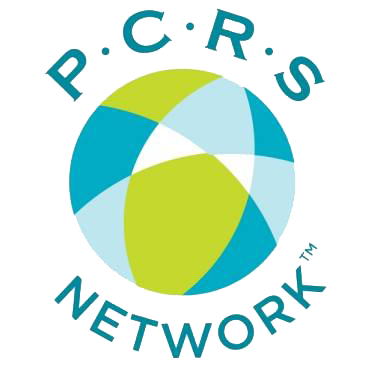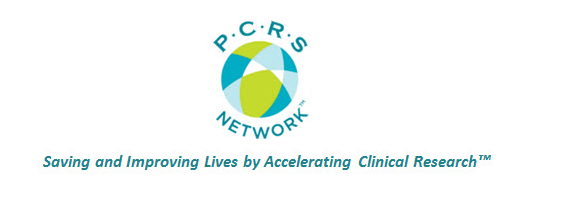Finding high quality clinical research sites that will perform well on any particular study can be a daunting task. Historically, Sponsors or CROs send blinded study information en mass to sites, study brokers, and others, resulting in hundreds (and, in some cases, thousands) of responses.
Completed study feasibility questionnaires are then evaluated and prioritized, additional follow-up completed, and the field narrowed down to some smaller number for further evaluation. For most studies, as many as three times the number of sites ultimately needed to conduct the study will participate in a Pre Site Selection visit or call. Subsequently, the sites that make the “final cut” enter into the negotiation phase, during which some sites are eliminated from the mix because agreement cannot be reached on either the budget or contract terms. The current process is fragmented and takes months of time and millions of dollars to complete for the typical study, adding to both the cost and the time required to complete clinical studies.
The process described above has remained largely unchanged for decades, rooted in a time when most research was conducted by a fairly small number of Principal Investigators primarily at academic medical centers (AMC). Over the last two decades, a new breed of clinical research site unaffiliated with an AMC has become the norm. Because these sites are independent and can adapt and react to Sponsor and CRO needs more quickly than AMCs, they have become the sites of choice of most Sponsors and CROs.
The majority of this new breed of Site is for-profit and is often dedicated solely to clinical research, providing no standard of care services to patients. That alone contributes to the budget tensions between Sponsors/CROs and Sites, because these sites must be compensated for procedures that would otherwise be reimbursed by insurance and other third party payers as standard of care procedures.
Notwithstanding all the efforts by Sponsors and CROs to improve the average performance of sites conducting studies, there has been little improvement in the last two decades. For most, finding the right sites to conduct each study continues to be like finding the proverbial needle in a haystack.[1]
There is hope though. While many Sponsors and CROs continue to rely on aging relationships and stale, impersonal data collected on tens of thousands of Investigators and Sites, others are experiencing success working with small, quality focused networks of sites. These organizations are close to their member sites and actively pre-access each Site’s capabilities specific to individual studies, providing Sponsors and CROs invaluable insight and dramatically reducing the time and cost required to identify and initiate sites to conduct their studies.
This new option for site selection finally offers Sponsors real hope of compressing study timelines and significantly reducing study costs. By dramatically increasing the probability of successful enrollment of each site initiated, Sponsors can reduce the number of sites initiated for each study, reducing project management complexity and costs and completing all clinical phases sooner.
Copyright © 2014, PCRS Network. ALL RIGHTS RESERVED WORLDWIDE.
[1] Kenneth A. Getz, Lifting Up a Fragmented Study Conduct Landscape, August 2013, Applied Clinical Trials Online
